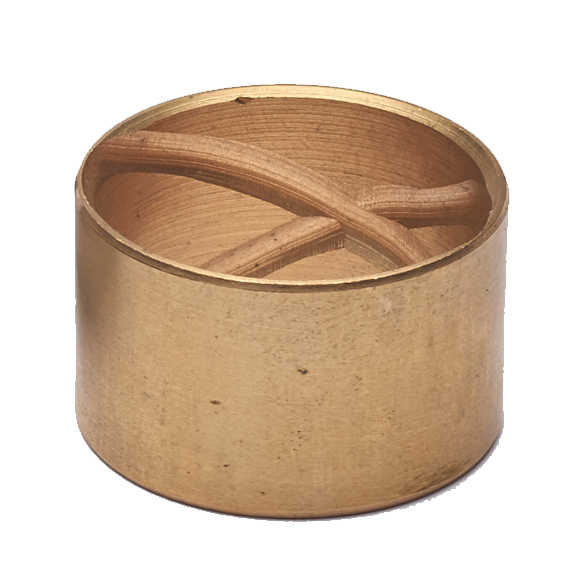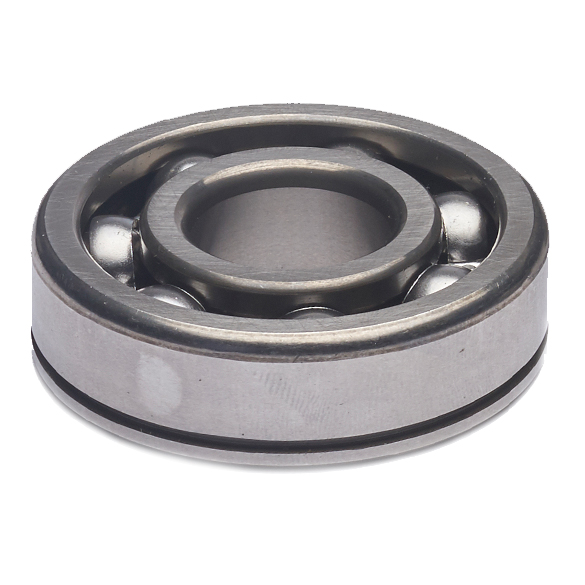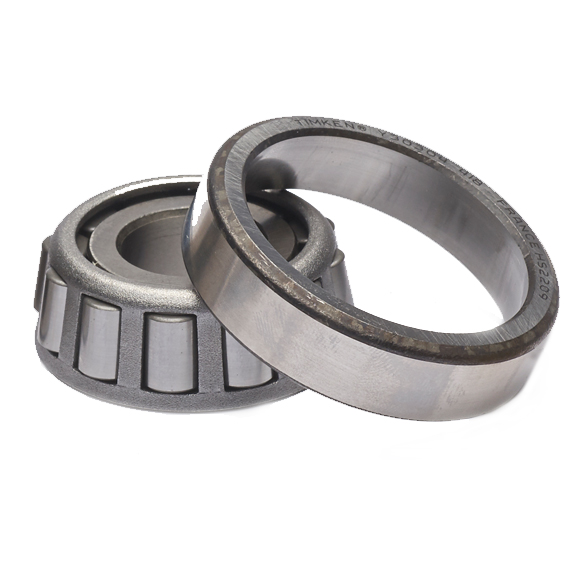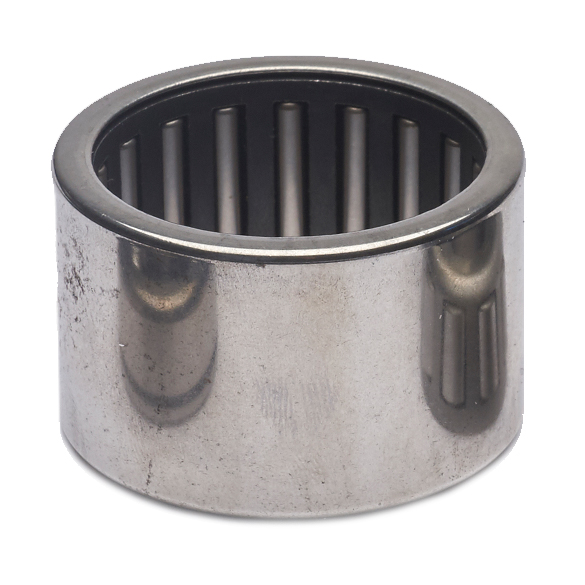How it Works - Industrial Gearbox Bearings

Industrial gearbox bearings support rotating shafts used to transfer power while minimizing friction. Bearings come in two main categories: journal bearings and rolling element bearings. However, within those categories, there are multiple types, each with their own lubrication challenges.
Industrial Gearbox Bearings

Journal Bearings
Journal bearings can be found in many industrial gearboxes, pumps, and other applications. They consist of a single component that operates under hydrodynamic lubrication (full fluid film) and the fluid film is created by the different speed between the two surfaces.
Lubricants used with journal bearings must ensure that there is sufficient oil film to separate the surfaces, while minimizing friction losses. Additionally, journal bearings are often made from soft yellow metals such as brass or bronze, so ensuring the oil is compatible with each material within the application is critical.
Rolling Element Bearings

Ball Bearings
Ball bearings, also found in gearboxes, pumps, and other applications, can support radial, axial or both loads dependent on exact design.
The elements of ball bearings are the rings, the balls/spheres, and the cage. The rings comprise the inner and outer races that make up the track, where the balls/spheres sit and are separated from one another by the cage. This means that the contact patch between the balls and the races is relatively small, resulting in very low friction, though they can take only relatively low loads.
As well as ensuring the bearing is well protected, the main challenge for the lubricant with ball bearings is to withstand the high shearing that the balls cause.

Tapered Roller Bearings
Tapered roller bearings are typically located at the ends of gearbox shafts, where they provide support or stiffness that prevents the shaft from moving in all directions and ensures that the gears remain well aligned for the efficient transfer of power.
They support very high loads, in both radial and axial directions, exerted by the gears pushing one another apart.
Due to their design, they have high levels of sliding. The lubricant has a challenging role of ensuring the bearing remains lubricated under high loads and/or high speeds. Each element must be protected against failure modes such as pitting or excessive wear. Selecting the correct lubricant will combat this.

Needle Bearings
Needle bearings are found in many industrial gearboxes and applications. They provide support to shafts to stop them moving in a radial direction. The advantage of needle bearings is the relatively high radial load capacity within a small radial cross section.
Bearing Combinations
Bearing types can be combined for varying situations to create synergy in design. For example, ball bearings are typically used in conjunction with taper roller bearings located on gearbox shafts and in motors.
See related posts below to learn more.